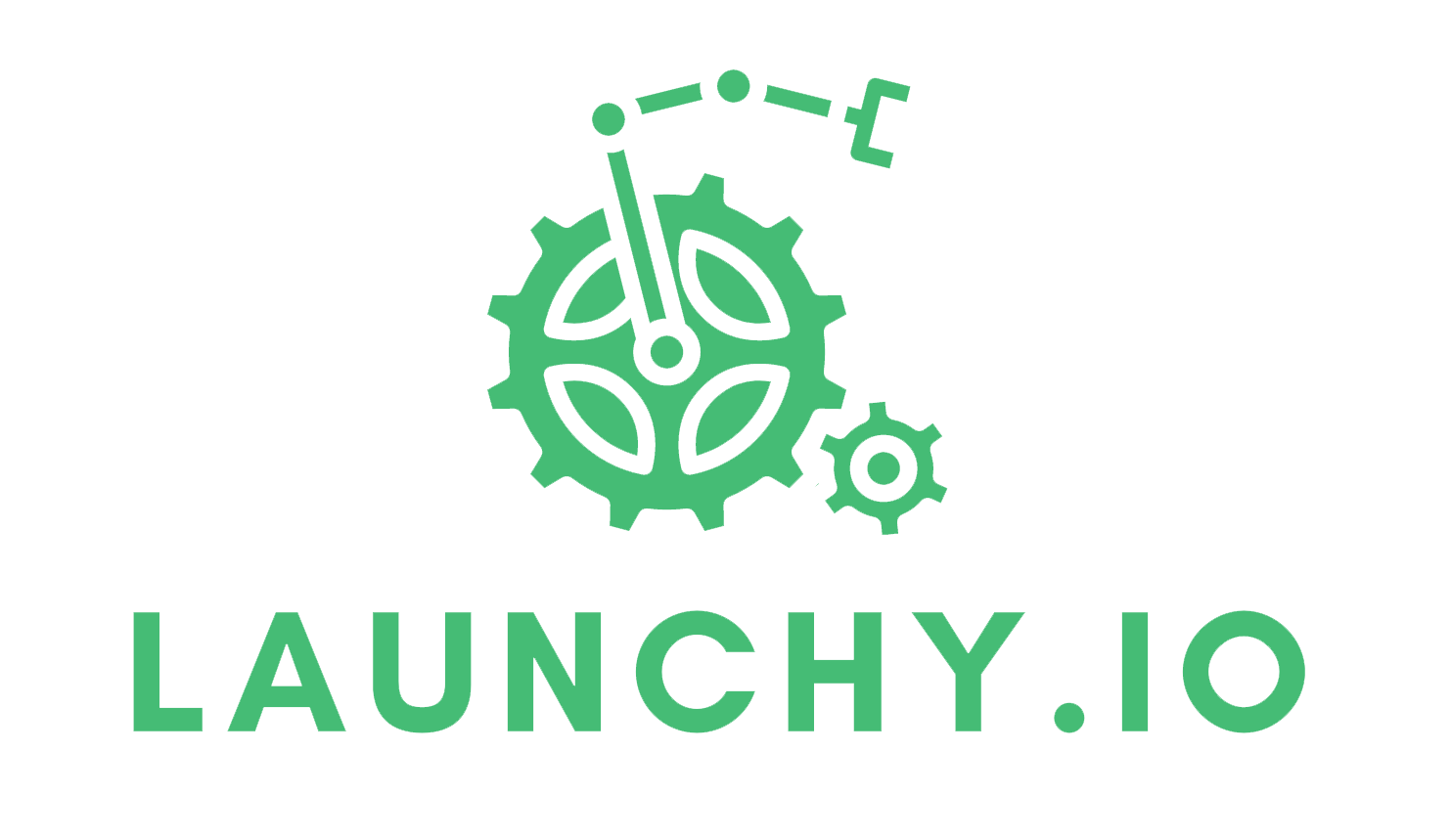Automation may be the talk of the town, but it shouldn’t be approached with an urgent agenda. It should instead be executed incrementally once the big-picture vision and planning have been finalised.
Incremental and strategic automation gives organisations the time to perfect their processes using manual processes, and once the process has been mastered, it can be automated. This will ensure that you have the best and most efficient process in place before you begin the automation process.
A reasonable progression also enables your automation strategy to be aligned with your organisational strategy as well. In addition, incremental progress also allows you to identify and address challenges that could cause problems if they had been overlooked during the automation process.
In other words, incremental automation is a good thing. Generally, organisations go wrong with the ‘automate first, ask questions later’ approach that doesn’t consider the underlying issues.
While a lot of organisations believe that their problems can be solved with technology, sadly this is rarely the case. Burying problems with a multitude of tools ends up creating a range of new problems that may not be fixable.
So how do organisations go about building a successful strategic automation plan?
There are key fundamentals that every business needs to consider when approaching automation. Let’s take a closer look.
Identify the starting point and your key priorities
When it comes to implementing automation, many businesses want to follow a ‘boil-the-ocean’ strategy where they resort to implementing everything at once to avoid the problem of deciding the best place to start.
If you’re going with a step-by-step approach, you need to think about your first step, second step, and so on.
Leaders should focus on the areas that cause their employees the most trouble and think about how automation can help create a better experience for them.
In addition, you shouldn’t focus on IT only—if you take a look at any business unit in your organisation, you can find good candidates for automation.
For instance, if customer data needs to be updated on multiple systems, strategic automation can help you get this done accurately, consistently, and instantaneously. When employees attempt to carry out these types of work over a long period, they may experience burnout, which could even lead to high staff turnover.
Link automation to broader business objectives
Implementing automation without a plan may solve the immediate problems at hand, but unless there’s a clear direction on how it connects to your business objectives, there’s potential for resistance and other issues.
Strategic automation needs to be incremental and must also align with the broader business objective.
While automation poses a lot of questions for business leaders when it comes to deciding their automation strategy, perhaps the most important question is how automation will help organisations achieve the business outcomes they need to reach their long-term goals.
Think about how automation is going to help you. Ask the critical questions with simple ‘yes’ or ‘no’ answers.
For instance, does automation help you reduce the time spent on manual data entry tasks? If the answer is yes, you should go ahead and use automation. If the answer is no, however, you should ask yourself why you’re thinking of automation in the first place and what you’re hoping to achieve.
Automation is a broad category and most people have trouble wrapping their heads around it in a practical way. Having a goal-oriented strategy can be a great asset.
Create value for your employees—not just your organisation
If you’re trying to sell automation to your employees, using business platitudes like ‘achieve better operational efficiencies’ and ‘do more with less’ aren’t going to work even if there’s a modicum of truth to it. They’re perhaps more likely to create further issues rather than solve them.
Instead, you can share your strategy and show your employees how it will create value for them.
Getting people on board with your automation strategy means that they need to know what’s in it for them; whether it’s the financial benefits, career advancement, and/or other benefits.
Business leaders need to think more about long-term objectives, be direct about how these changes will impact their employees, communicate their vision, and invest in their employees. A well-thought-out vision aligns disparate groups and helps them understand the benefits that automation has to offer them.
In a time when automation capabilities are highly sought after in almost every industry, you should be able to give your employees the resources to develop these skills on the job as part of your overall strategy.
Getting the fundamentals right can give strategic automation new life
If there’s one thing that needs to be understood about automation, it’s that automation cannot be rushed. Businesses need to take incremental steps so that they have every opportunity to analyse all the areas of a single process and identify how automation can help optimise it.
This may seem like a tedious and complex process, which is why many businesses turn to automation experts to give them the guidance they need to implement automation the right way.
Schedule an appointment with an automation expert today and find out the best way to automate your processes and get them done right the first time.

